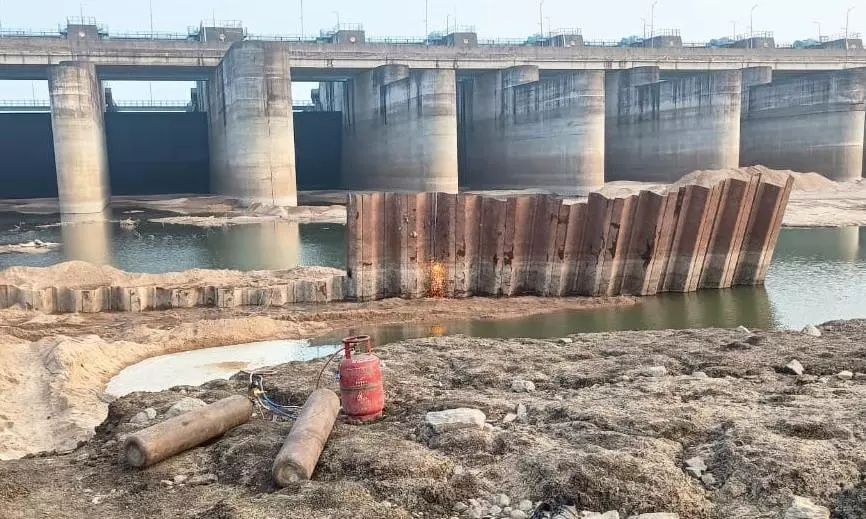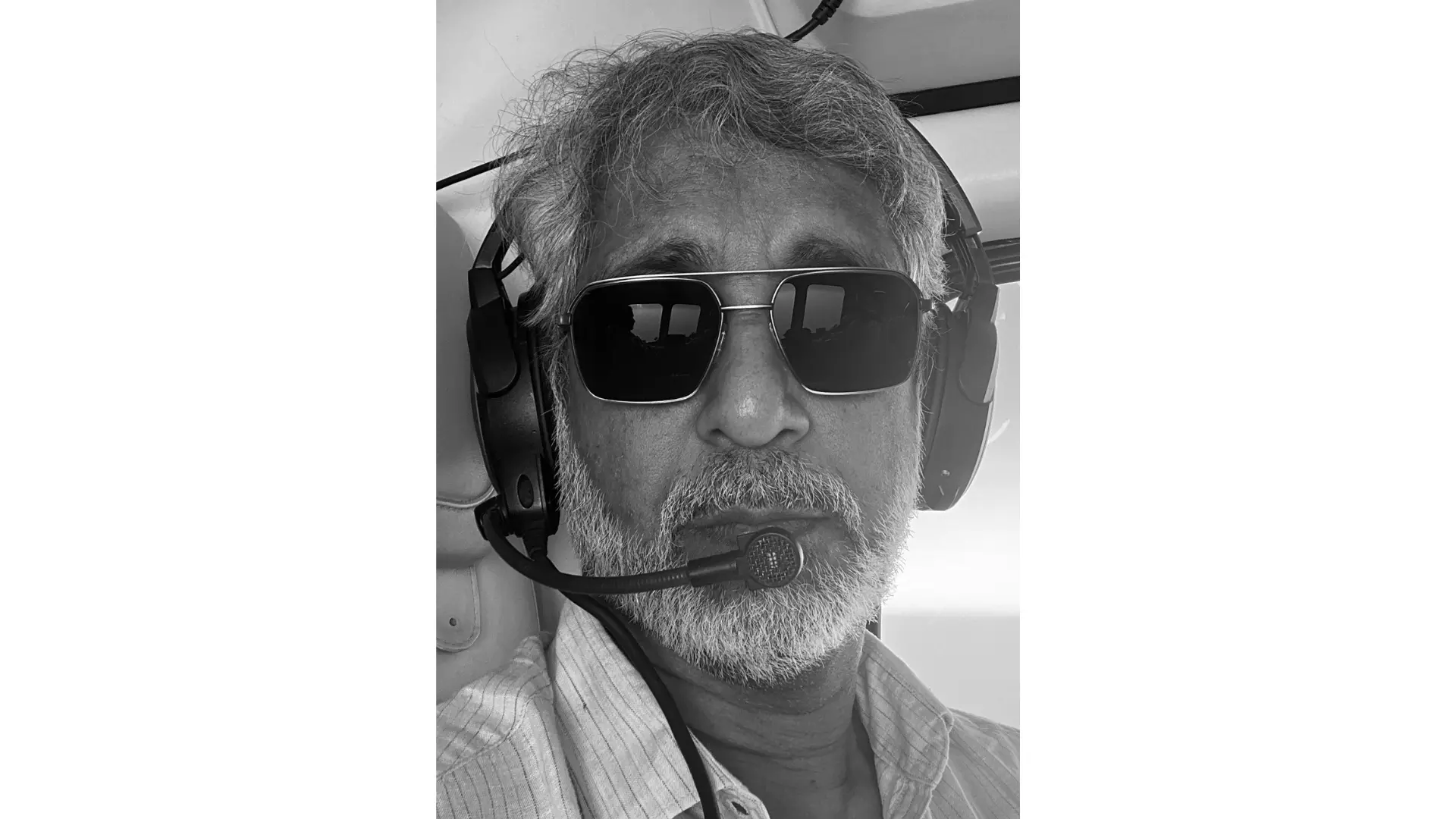NDSA Prioritises Monsoon Protection at Barrages
Need directions and designs to save them: Companies reps

HYDERABAD: The National Dam Safety Authority (NDSA) team, which spent three days in the city quizzing irrigation officials and representatives of companies that built the Medigadda, Annaram and Sundilla barrages, is “getting to the bottom of things”, said the team chairman J. Chandrashekar Iyer on Friday.
“The investigations are progressing,” he said in response to questions from waiting media persons at the Jal Soudha, the irrigation department’s headquarters.
The team also met the vigilance & enforcement wing DGP Rajiv Ratan, who briefed it of the investigation into the Medigadda barrage sinking.
Sources said that the team, which is focussed on repair and rehabilitation of the barrages, dug deep into their designing, execution and construction. To start with, it focussed on monsoon protection measures, a topic which it discussed with engineers from L&T, Afcons and Navayuga that had built the Medigadda, Annaram, and Sundilla barrages, respectively.
Representatives of these companies reportedly informed the NDSA that as per the principal secretary of the irrigation department Rahul Bojja, the NDSA would suggest measures to protect the barrages from any further damage once the flows into Godavari and Pranahita rivers increase during the monsoon season.
Among the responses NDSA received on this issue, was one that suggested leaving the gates at the barrages open to allow the water to flow through, with the companies expressing helplessness on the steps to be taken unless they are provided directions and designs to start repairs, especially those related to flood protection measures. The original designs on this had failed and that had resulted in the sinking of a part of Medigadda and repeated leaks at Annaram.
The team’s three-day interaction with engineers from the Central Design Organisation (CDO) of the irrigation department, and engineers, who were in decision making positions about the Kaleshwaram project, saw the officials attempting to place the responsibility for the state of the stricken barrages on the contractors, while the contractors made it clear that they had nothing to do with the designs as they had only built the structures as per the specifications and designs provided by the CDO.
The NDSA team also quizzed irrigation department engineers on the decision taken to shift the Annaram barrage location and who had taken the decision but no clear response was forthcoming.
Sources said that during these interactions, it came to light that the CDO, which was to conduct geotechnical studies, instead of engaging a specialised agency for the task, asked the companies to do this job by obtaining core samples from the project sites.
It is learnt that the CDO chose this route as it was ‘easier’ to entrust the job to the companies already given the construction contracts instead of going through the process of selecting another agency specifically for these studies.

